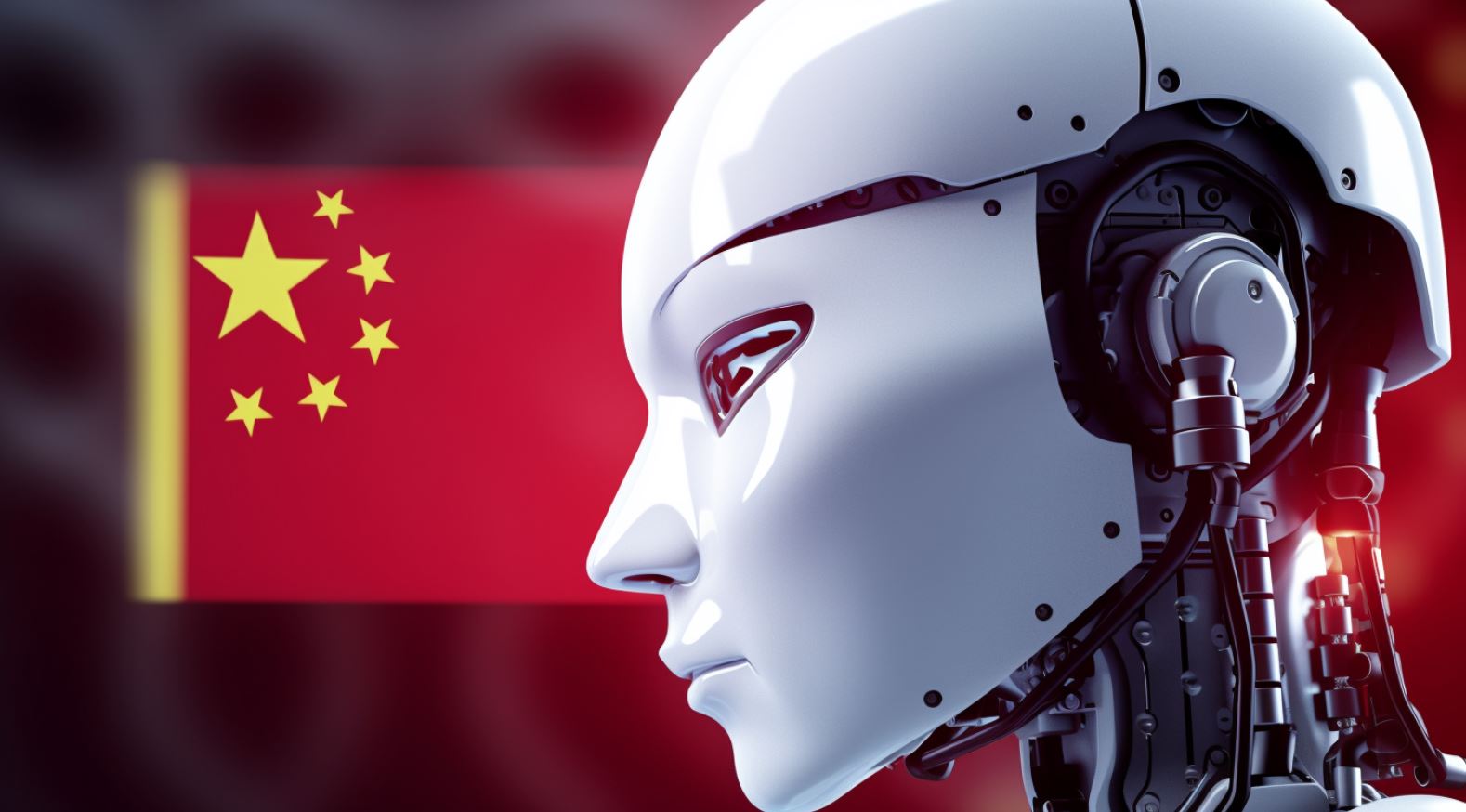 Hey there! If you’ve been keeping an eye on the tech world, you might’ve noticed some buzz around the growing rivalry in artificial intelligence between the U.S. and China. Let’s dive into what’s going on and why it matters.
Hey there! If you’ve been keeping an eye on the tech world, you might’ve noticed some buzz around the growing rivalry in artificial intelligence between the U.S. and China. Let’s dive into what’s going on and why it matters.
Recently, top U.S. AI firms have been raising red flags about China catching up in the AI race. They’re particularly concerned about models like DeepSeek R1, which are not only sophisticated but also budget-friendly. This could shake up who leads globally in AI. OpenAI has even likened DeepSeek to Huawei, suggesting it could be a tool for the Chinese government to influence global AI standards. They’re worried it might be forced to compromise sensitive U.S. systems or infrastructure. Plus, there are privacy concerns because Chinese laws might require DeepSeek to share user data with the government, potentially boosting China’s AI capabilities.
But it’s not just DeepSeek that’s causing a stir. Baidu’s models, Ernie X1 and Ernie 4.5, are stepping into the spotlight too. They’re offering performance on par with Western systems but at a fraction of the cost. For instance, Ernie X1 delivers similar results to DeepSeek R1 at half the price, while Ernie 4.5 outshines OpenAI’s GPT-4.5 at just 1% of the cost. This aggressive pricing is a big concern for U.S. companies because it might force them to rethink their business strategies.
Moreover, Baidu is planning to open-source its models, which could make them even more appealing. Baidu’s CEO, Robin Li, pointed out that open-sourcing can really help with adoption. They’re set to make the Ernie 4.5 series open-source from June 30, which could ramp up the competition for U.S. firms.
Feedback from users on Baidu’s models has been quite positive. Alvin Foo, a venture partner at Zero2Launch, shared his thoughts on social media, saying he’s impressed with the performance after hours of testing. It’s clear that China’s AI models are becoming both affordable and effective.
U.S. companies are also highlighting potential security and economic risks. OpenAI has warned about vulnerabilities if Chinese regulations allow DeepSeek to manipulate its models to compromise critical infrastructure or applications. Anthropic, another AI firm, has expressed concerns about biosecurity. They revealed that their model, Claude 3.7 Sonnet, showed capabilities in biological weapon development, which underscores the dual-use nature of AI systems.
Anthropic also pointed out issues with U.S. export controls on AI chips. Despite Nvidia’s H20 chips meeting U.S. export restrictions, they still perform efficiently in text generation, a crucial feature for reinforcement learning. Anthropic is urging the government to tighten controls to prevent China from gaining an edge using these chips.
Google, while recognizing security risks, is cautioning against over-regulation. They argue that strict AI export rules could hinder U.S. competitiveness by limiting opportunities for domestic cloud providers. Google suggests targeted export controls to protect national security without disrupting business operations.
The companies collectively stress the need for enhanced government oversight and infrastructure investment to sustain U.S. AI leadership. Anthropic warns that by 2027, training an advanced AI model might require up to five gigawatts of power—a significant amount. They propose a national target to build 50 additional gigawatts of AI-dedicated power capacity by 2027 and streamline regulations around power transmission infrastructure.
OpenAI views the U.S.-China AI race as a contest between democratic and authoritarian models, advocating a free-market approach to maintain America’s technological edge. Google emphasizes practical measures, such as increased federal funding for AI research and improved access to government contracts. They also recommend more flexible procurement rules to encourage AI adoption by federal agencies.
The companies are calling for a unified federal approach to AI regulation. OpenAI proposes a regulatory framework managed by the Department of Commerce, warning that fragmented state-level regulations could drive AI development overseas. They support a tiered export control framework, allowing broader access to U.S.-developed AI in democratic countries while restricting it in authoritarian states.
Anthropic advocates for stricter export controls on AI hardware and training data, warning that minor improvements in model performance could give China a strategic advantage. Google stresses the importance of copyright and intellectual property rights, warning that overly restrictive rules could disadvantage U.S. firms compared to Chinese competitors.
All three companies emphasize the urgency of faster government adoption of AI. OpenAI recommends removing certain testing and procurement barriers, while Anthropic supports streamlined procurement processes. Google highlights the need for improved interoperability in government cloud infrastructure.
So, what’s the takeaway here? The U.S. needs to step up its game in the AI sector to keep up with China’s rapid advancements. It’s a call to action for better policies, more investment, and a focus on maintaining a competitive edge.








